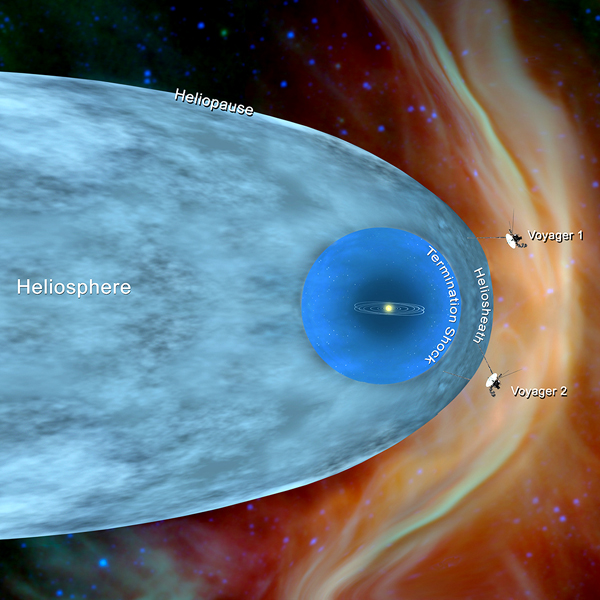 Whether it is described as ether, plasma, or the cold
scream-free vacuum of space, the reaches between the objects of the
universe aren't precisely empty. For one thing, light
radiation is zipping through in all directions. What we think
of as gravity is also communicating itself between every particle of
matter in the universe. Gravity waves as observed with LIGO
are moving through the same vast emptiness of space too.
So are various particles along with the occasional larger sized
objects like dust, asteroids, and even maybe that wrench that
NASA repair guy accidentally let float away that one time. Even with all of that
going on, fundamentally space is to a great extent, mostly empty
even if it isn't a total void. Whether it is described as ether, plasma, or the cold
scream-free vacuum of space, the reaches between the objects of the
universe aren't precisely empty. For one thing, light
radiation is zipping through in all directions. What we think
of as gravity is also communicating itself between every particle of
matter in the universe. Gravity waves as observed with LIGO
are moving through the same vast emptiness of space too.
So are various particles along with the occasional larger sized
objects like dust, asteroids, and even maybe that wrench that
NASA repair guy accidentally let float away that one time. Even with all of that
going on, fundamentally space is to a great extent, mostly empty
even if it isn't a total void.
Electricity does some very interesting things in the near
total vacuum of space. There is a reason vacuum tubes are used in
applications involving electricity such as florescent light bulbs.
Electricity behaves in astonishing ways within the plasma of a
radiation gradient containing very sparse matter. The
more we can observe and measure electromagnetic fields throughout
the universe, the more this appears to be the force that dominates
the motion of matter much more than what we measure as gravity. Some plasma universe
theory proponents would suggest that gravity itself can be
considered merely a measurement of a form of electrostatic matter
interaction within electric fields.
Plasma is "a state of matter in which an ionized gaseous
substance becomes highly electrically conductive to the point that
long-range electric and magnetic fields dominate the [behavior] of
the matter." Wiki 04JUL19. In the interstellar medium
various phases are postulated governing the state of matter in the
vacuum distinguishable as ionic, atomic and
molecular. This is an area of scientific observation that is
rapidly improving, with missions like the Parker Probe offering a good likelihood to lead to breakthroughs in our understanding. That said, our current
understanding of the interstellar medium, even within our own galaxy is
quite limited. The Ferrier 2001 model remains our best
understanding to date ("The Interstellar Environment of our Galaxy",
Reviews of Modern Physics, 73 (4): 1031–1066). The
uncertainties in particular regarding the Coronal Gas portion of the
galaxy (the part that is ionized particles otherwise known as
plasma) are profound. As a fractional volume the estimate is
30-70%. This is a very wide range of uncertainty indeed.
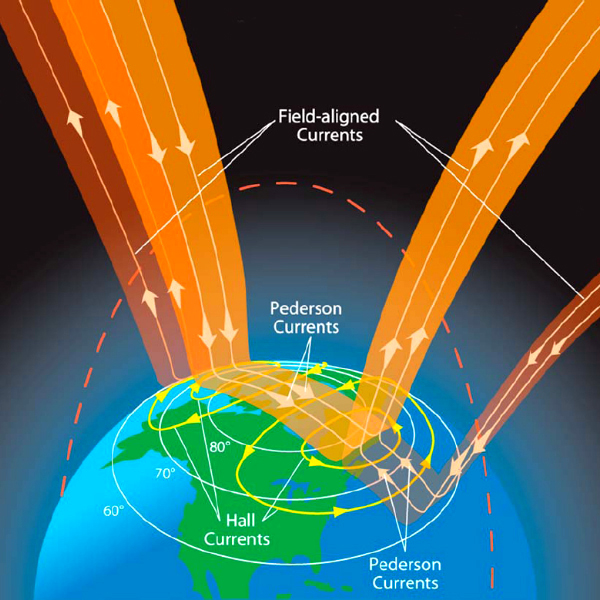 The realm of science that studies this is magnetospheric
physics and the father of this science is
Kristian Birkeland. His investigations established a firm
footing on the path to understanding the currents moving in our
stellar medium and interacting with planetary bodies in the form of
Birkeland current, thus explaining the behavior of Auroras and
pointing the next steps of investigations into solar wind and
particle forcing. The realm of science that studies this is magnetospheric
physics and the father of this science is
Kristian Birkeland. His investigations established a firm
footing on the path to understanding the currents moving in our
stellar medium and interacting with planetary bodies in the form of
Birkeland current, thus explaining the behavior of Auroras and
pointing the next steps of investigations into solar wind and
particle forcing.
Following Birkeland's work,
Hannes Alfvén took these findings and applied them to the
stellar canopy finding examples throughout the galaxy behaving in Birkelandy ways. He also took the understanding of the
radiation belts around the planets and solar forcing from the sun to
the next level. Patterns have been identified in stellar
electromagnetic interactions at tremendously different scales.
This is fundamental in grasping the true importance of this work.
Electricity behaves the same way in plasma column experiments down
to millimeter scales as it does up to enormous orders of magnitude.
The scalability is proven to work up to at least 14 orders of
magnitude (our distance from the sun size). Alfvén's
hypothesis pushes this up to 28 orders of magnitude, and there is no
firm limit. The scalability could even be infinite. The
scalability rule seems to also apply to current whether we're talkin' mico-amperes or
1.21 Gigawatts.
The principles of
Alfvén wave propagation were also used by Enrico Fermi in
his theory of Cosmic Rays demonstrating the pervasiveness of
this principle in action in the universe.
Plasma theorists such as
Anthony Peratt have conducted fascinating experiments is this
area. Strings of stars forming on filaments were predicted
based upon these plasma experiments. Utilizing our ever
increasing astronomical observation capabilities, it
is confirmed that indeed stars do appear along massive filament structures
in nebula nurseries. As the theory goes, torroidal plasmoids
are formed by z-pinches in charged particle flows to create
stars. Scaling up even further, galaxies are found to be
oriented upon webs of cosmic filament structures such as our own
Laniakea Supercluster, apparently seeding and orienting the
cosmos upon electromagnetic intergalactic threads.
An interesting phenomenon throughout the progression of
this science has been the dismissals plasma investigation has had to overcome from
mainstream scientific institutions. These stories are
legendary for every one of the scientists referenced above.
Their struggles with academia demonstrate how easily set in
paradigms science sometimes gets. But what one may lack in
public attention whilst dark matter constructs
continue to hog center stage, one may make up for out of the
limelight in plasma programs at
NASA,
DOE,
ESA,
JAXA,
CalTech,
SLAC,
PPPL,
LLNL,
UC Boulder. As the Dark Matter hydra is parted from
its remaining heads one by one, popular cosmological science is having
itself a much overdue makeover. The Big Bang theory, Dark
Matter's beast of a daughter, is headed for extinction too.
Every shockingly expensive particle physics experiment has come
up empty in the search for particles to explain the dark matter
fudge factors in particle physics based cosmology.
While some may long for the good old times we had with our Big Bang fantasy gal,
in the grand scheme of things, it looks like she really just had
an inflated opinion of herself.
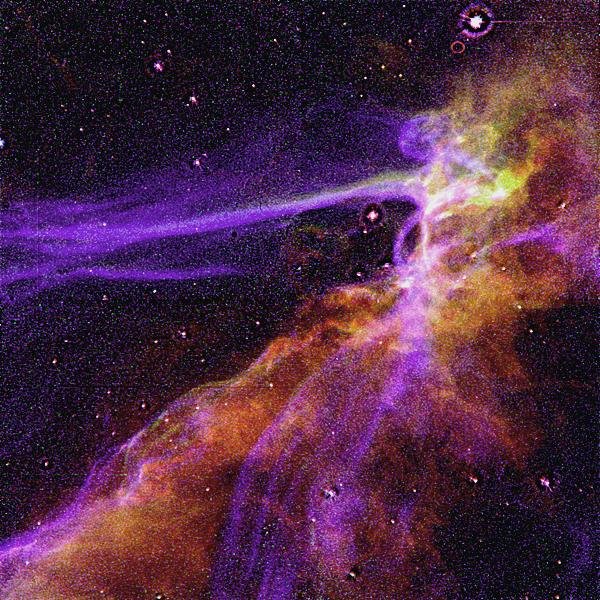
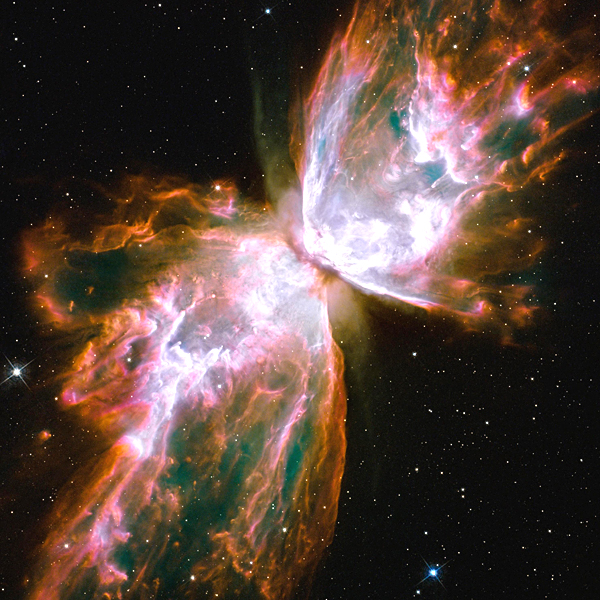
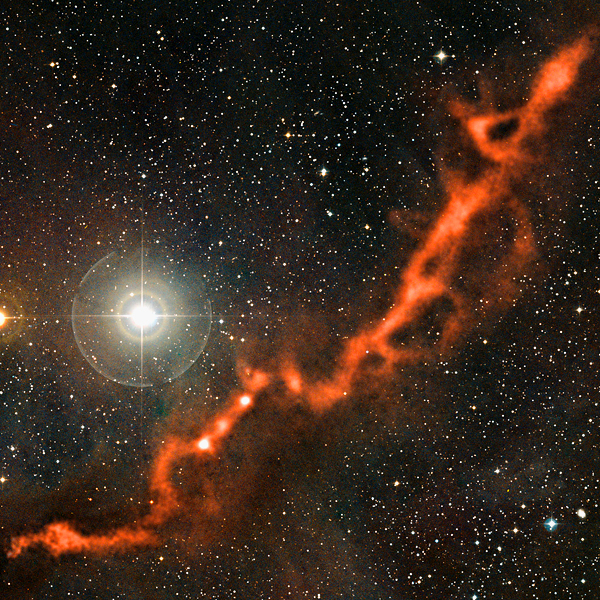
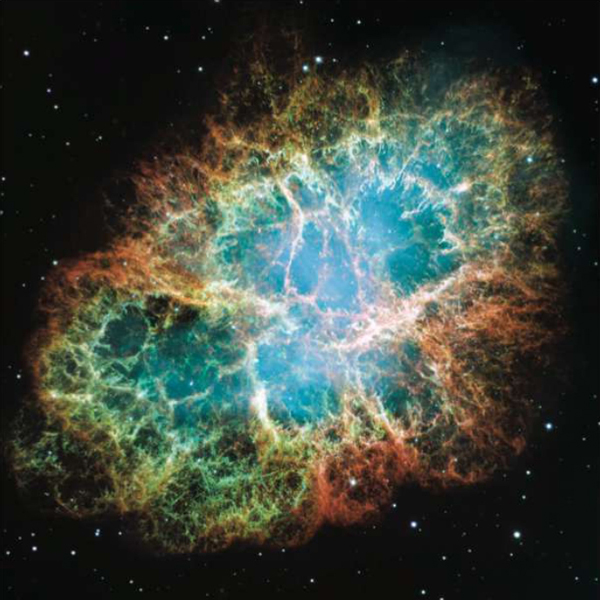
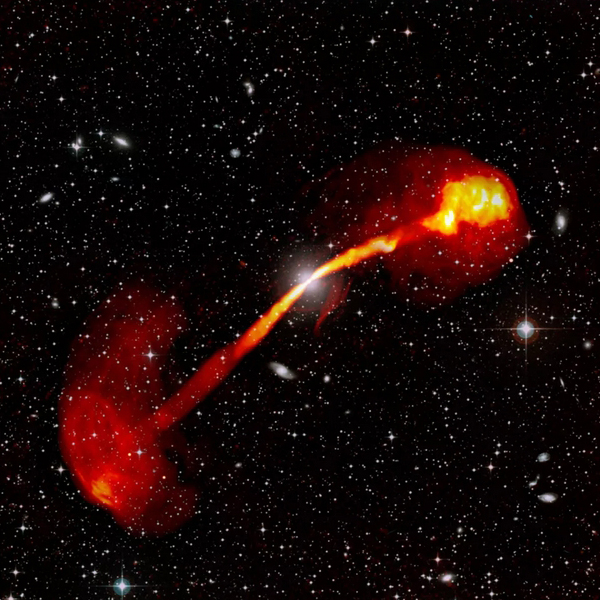
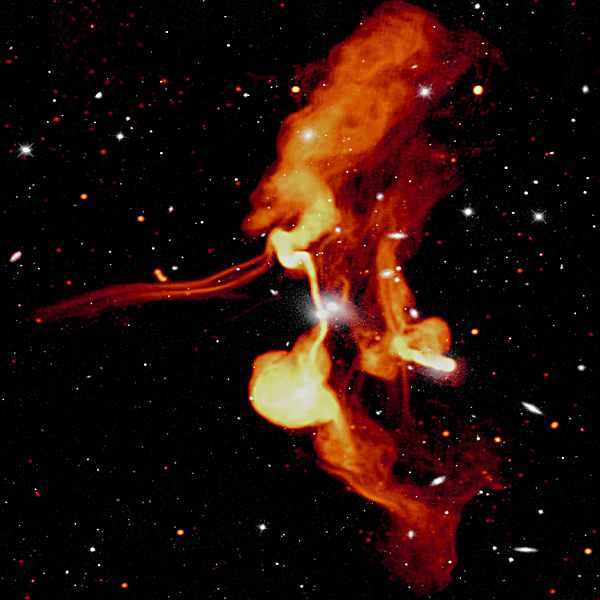
To the Grendelcat, these look oddly similar to particle
accelerated collision
at electron microscopic scales.
Resources:
-
Gas
filaments of the cosmic web located around active galaxies in a
proto-cluster - by Hideki Umehata et al. / Science 03OCT19.
-
Review of Zeeman Effect Observations of Regions of Star
Formation - by Richard M. Crutcher and Athol J. Kemball /
University Of Illinois 17OCT19.
-
Voyager 2 Illuminates Boundary of Interstellar Space - by
Calla Cofield / JPL 01NOV19.
-
New map of Milky Way reveals giant wave of stellar nurseries
- by Harvard / Phys.org 07JAN20.
-
Swarm Survey of Alfvénic Fluctuations and Their Relation to
Nightside Field‐Aligned Current and Auroral Arc Systems - by
J. Wu et al. / Swarm 22FEB20.
-
Electric Current Approach Studying Both Auroral Substorms and
Solar Flares Together - by Syun-Ichi Akasofu / University Of
Alaska 06MAR20.
-
Hidden magnetic fields of young suns - by O. Kochukhov et
al. / A&A 24MAR20. We can only detect 1% for flaring stars
and 1% of 1% for non-flaring stars.
-
Independent Core Rotation in Massive Filaments in Orion - by
Xuefang Xu et al. / China 01MAY20.
-
South African telescope captures stunning image of radio galaxy
- by Samantha Mathewson / Space.com 12JUL21.
-
1st
Image: Heliosphere And Voyagers by NASA/JPL-Caltech (Public
Domain)
Link
-
2nd Image: Birkeland Currents by Misibacsi (CC3.0)
Link
-
3rd Image: Cygnus Loop by NASA (Public Domain)
Link
-
4th Image: Butterfly Nebula by NASA, ESA, and the Hubble SM4 ERO
Team (Public Domain)
Link
-
5th Image: Taurus Cloud by ESO (CC2.0)
Link
- 6th Image: Crab Nebula by Hubble (Public Domain)
Link
- 7th Image: Fanaroff Riley Radio Galaxy by SARAO, SSS, S.
Dagnello and W. Cotton (NRAO/AUI/NSF) (CC4.0)
Link
- 8th Image: Abell 194 by MeerKAT Galaxy Cluster Legacy Survey /
SARAO (CC4.0)
Link |
![]()